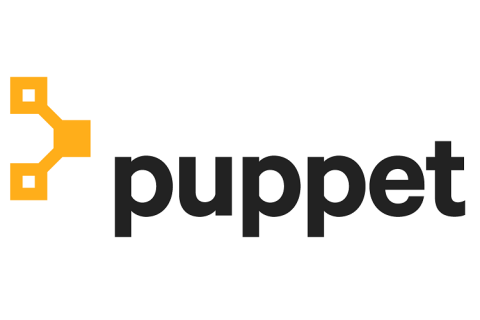A Clear Path to Automated Optimization of Application Performance
Rancher has helped thousands of organizations manage their transitions to containerized applications and Kubernetes. With its innovative distribution and suite of services, Rancher has given IT and DevOps teams the roadmap they needed to drive Kubernetes success. Given the complexity of Kubernetes and the shortage of engineers with Kubernetes-specific skills, Rancher’s offerings meet a critical and growing market need.











